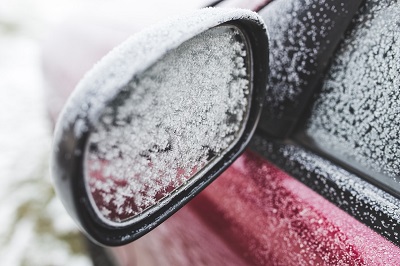How to Take Care of Your Car During the Utah Winter Months
Although the real heavy snowfall in Utah is in the mountains, with average winter lows of around 8 to 9 degrees Fahrenheit and snowfall common throughout the state, your car needs a little winter TLC to keep it functioning properly.
When the crisp fall weather reminds you that winter is around the corner, it’s time to get busy with these winterization tasks.
Top off Your Fluids
Winter weather can be hard on both your car and you. Don’t risk running low on vital fluids when it’s too cold to be out refilling them. Instead, top off all of your car’s vital fluids in the fall to be sure you have enough to make it through the winter. If you notice an especially low fluid level, take your car to an auto shop to check for leaks. Fluids you should top off during your winter preparation include the:
-Oil
-Transmission fluid
-Anti-freeze
-Power steering fluid
-Windshield washer fluid
-Brake fluid
Check Your Battery
When temperatures drop to 40 degrees Fahrenheit or lower, your car requires more amperage (amps) to start. A weak or old battery may not have enough power to start your car on cold mornings and could leave you stranded. Your local auto repair shop can check your battery’s charge, clean corroded terminals, replace worn battery cables, and verify that your alternator is ready for winter driving.
Kick the Tires
If you live in some of the higher elevation areas of Utah, say like Park City, snow tires are a must and should be installed on your car before the first snow fall. If snow is only a minor concern in your region, it’s still important to make sure your tires have good tread and are free of bald spots or other signs of wear. Remember that cold air contracts, which affects tire pressure. Check your tire pressure once a month during the winter season and add air as needed.
Get a Snow Brush
Verify that you have a snow removal brush in your car and that it is in good shape. Make sure that the brush you choose is long enough to allow you to clean the roof of your car as well as the windshield. Driving around with snow on the roof of your car is dangerous as the shifting snow could slide onto the roadway or cover your windshield at any time. Take the time to properly clean your vehicle before doing any winter driving.
Give Your Car a Bath
When winter weather forces local authorities to salt the roads, wash your car as soon as you can after the inclement weather has passed. Salt will damage your paint and cause your car to rust, so wash your car as often as needed to keep it salt-free. Remember to open your doors for a few minutes immediately after washing your car so your doors don’t freeze shut.
With a bit of preparation, you can make sure winter weather doesn’t catch you and your car off guard. Pick a fall date that’s easy to remember every year, such as the day after Halloween, and make it the day you winterize your car and prepare for the cold weather ahead.


